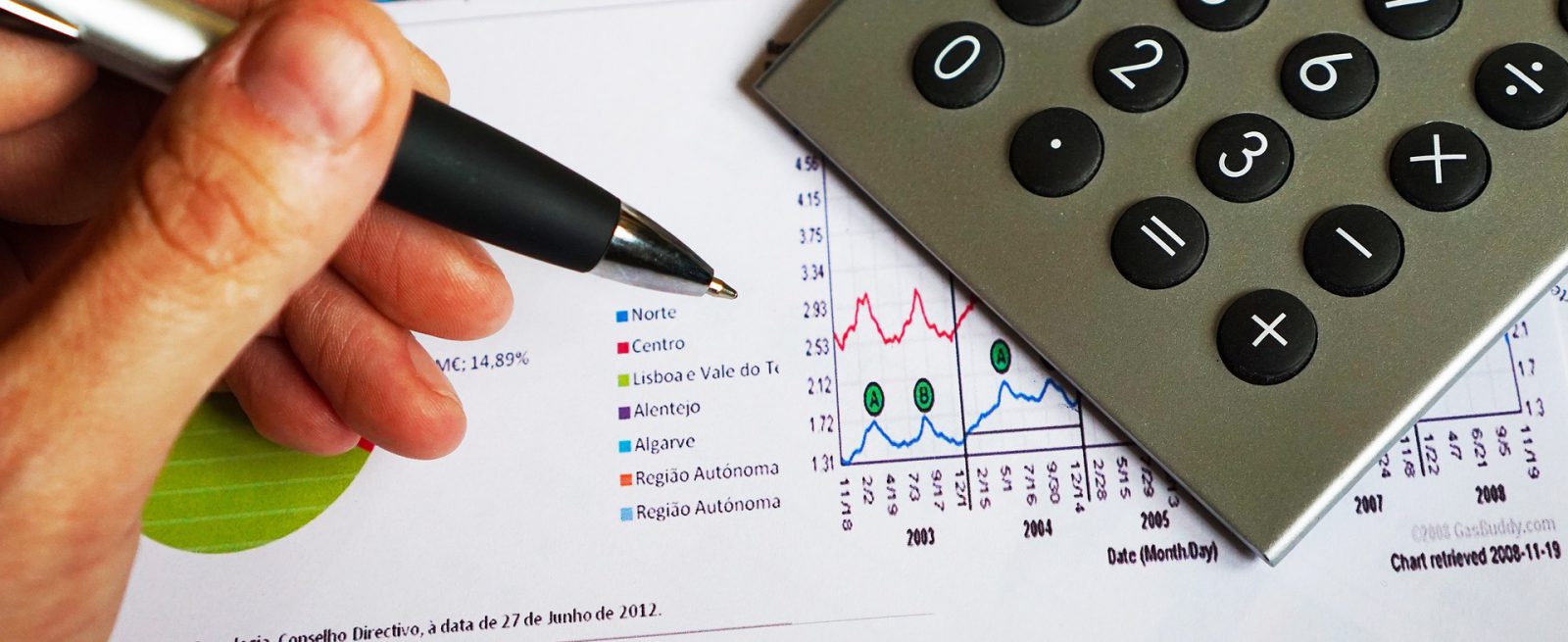How Do You Calculate Restaurant Food Cost Percentage?
2 Min Read By Allison Tetreault
Food costs can be the bane of your existence, or they can be the most helpful restaurant metric you’ll ever calculate.
Either way, they’re crucial to any restaurant.
If you’re an industry veteran, you know that there are three types of restaurateurs:
- Those who calculate their food costs.
- Those who don’t because it’s too confusing.
- Those who don’t because it can take way too long.
But it doesn’t have to be confusing, and it doesn’t have to take long.
With tools like menu engineering software, inventory modules, and Toast’s free Food Cost Calculator, discerning your true food costs – even compared to others in your competitive landscape – is as simple as typing in your numbers and letting the computer do the work.
Still, it’s important as a restaurant professional to understand the fundamentals of food cost percentage so you can make smart decisions in the back of the house, avoid waste, and remain profitable.
In this post, we’ll share why food cost is so important and the formulas every restaurateur should know for how to calculate food cost percentage.
The Step-by-Step Guide to Calculating Food Cost Percentage
As a chef, it’s nice to know if individual items are profitable or not using recipe cost calculators like Toast’s free tool. However, as an owner, you need to know if your entire business is on track for success.
The average food cost percentage is 35 percent for a fine dining restaurant and 25 percent for a quick service restaurant. If we didn’t just tell you, how do you find this number? Simple. You look at your weekly inventory.
Here is the process for finding your numbers out.
Step 1
List all food supplies you received at the start of week. Many inventory software systems work on tablets, so you can walk around the back of house checking off items like you would on a clipboard.
Step 2
Sum together the dollar value of each item. How much did you pay for each box of chicken in your back of house?
Step 3
Track your purchases. Were there any other purchases that you made within the week, after beginning inventory?
Step 4
Take inventory again at the beginning of next week. Follow the same exact process. Many recommend a shelf-to-sheet system, where your inventory tracking system is set up as your back of house is.
Step 5
Add together total food sales per shift. Many POS systems with restaurant analytics can give you this information automatically.
Step 6
Calculate actual food cost for the week. Complete the following food cost formula.


